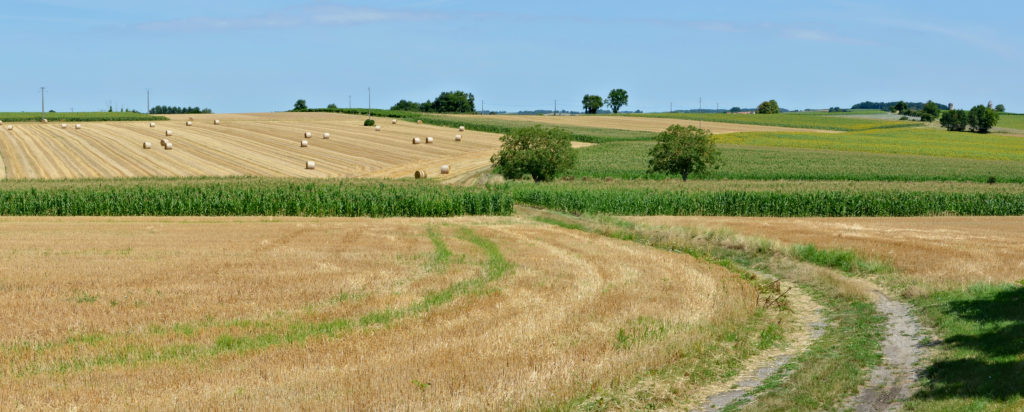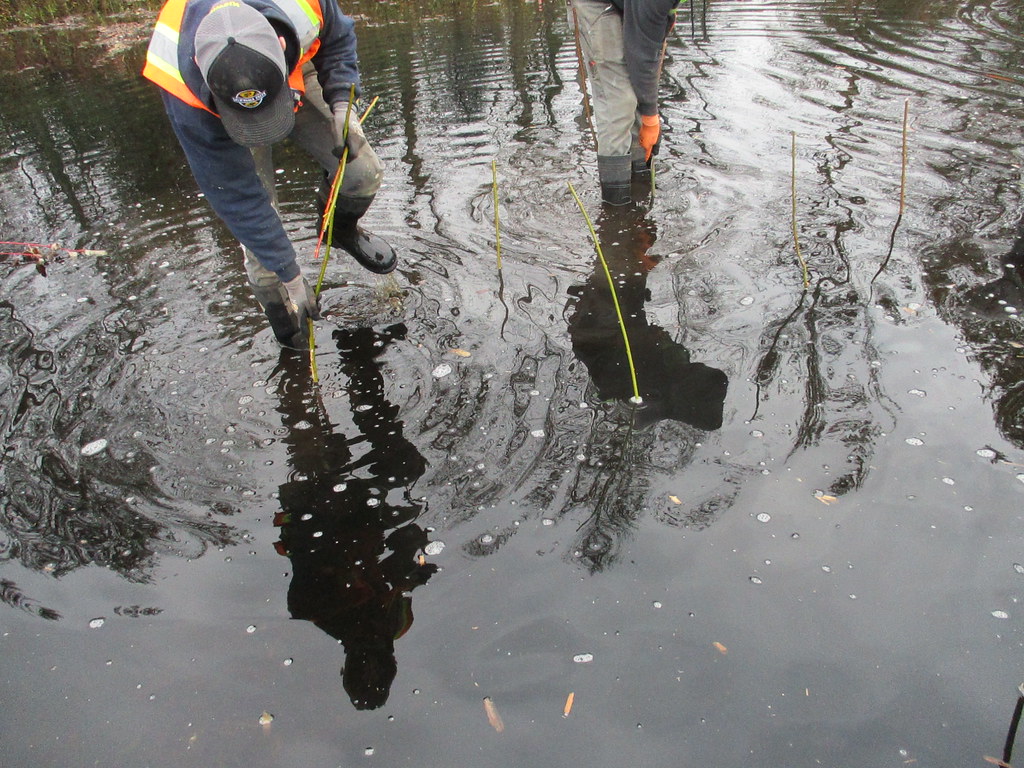Fourth quarter 2021 and first quarter 2022 journal roundup!
This quarter, I focus on three recently published articles that highlight the value of environmental goods and services: regulations to combat the emerald ash borer, the value of agricultural land, and the value of wetland restoration.
Hope, Emily; McKenney, Daniel; Pedlar, John; Lawrence, Kevin; MacDonald, Heather. 2021. “Canadian efforts to slow the spread of Emerald Ash Borer (Agrilus planipennis Fairmaire) are economically efficient.” Ecological Economics, vol. 188.

The emerald ash borer is an invasive insect that kills most species of ash tree. Managing the spread of the pest can be very expensive, with inconsistent results. The United States Department of Agriculture has actually removed federal regulations designed to slow the spread of the emerald ash borer, citing the high costs and the uncertain benefits. Canadian agencies have likewise been attempting to determine whether the benefits of regulation exceed the cost. The authors developed a model simulating the spread of the emerald ash borer under various conditions, and then modeled the likely effect of different regulations on that spread. Finally, they determined the economic impact of the emerald ash borer by calculating the cost of removing trees in urban areas and replacing 50% of them. (They did not model the cost of insecticide application due to the complexity of modeling such application at a national level.) For rural areas, the authors calculated the cost of the emerald ash borer by using the stumpage value of the trees.
Regulations designed to slow the spread of the emerald ash borer include limitations on transporting products containing wood from ash trees, treatments for products that are transported, and periodic audits. As the “true” efficacy of the regulations is unknown, the authors modeled the regulations at varying levels of efficacy. Finally, they then determined the net present value of the regulations. Results demonstrate that, even if regulations are only 25% effective at slowing the spread of the emerald ash borer, benefits outweigh the costs. This is the case even though the authors did not include the economic value of a healthy forest. If that were included, the benefits of those regulations would likely be much larger.
Agricultural landscape certification as a market-driven tool to reward the provisioning of cultural ecosystem services
Borrello, M.; Cecchini, L.; Vecchio, R.; Caracciolo, F.; Cembalo, L.; Torquati, B. 2022. Ecological Economics vol 193.

One of the primary difficulties that agricultural landowners face is the high cost of keeping their land in agriculture, relative to other land uses. And yet, agricultural land provides benefits to society beyond just the value of the food produced on that land. It is a classic example of an environmental externality. This article examines the potential of issuing a “traditional agricultural landscape certification” for the preservation of olive groves in Italy. They found that such a certification commanded a price premium in the market, indicating that the cost to farmers of keeping their land in agriculture could be partially rewarded through the market.
Richardson, M.; Liu, P.; Eggleton, M. 2022. “Valuation of Wetland Restoration: Evidence from the Housing Market in Arkansas,” Environmental and Resource Economics 81:649–683.

Continuing with the theme of valuing environmental goods and services, this article examined the value of wetland restoration (through the Wetland Reserve Program) by looking at the housing market in Arkansas. This article adds to the literature on the economic value of wetlands by looking at temporal variations in the housing market relative to the starting and ending date of wetland restoration projects. Therefore, rather than looking at the value of an already existing wetland, this article examines how improvements in wetland quality could impact surrounding property values. Their research finds a substantial increase in property values – an average of 6 to 10%! They also find that the wetland size and type were likely to influence the magnitude of the effect, with forested wetlands having a larger positive impact on housing values than pond, lake, or emergent wetlands. Interestingly, open water wetlands had a much smaller effect than non-open water wetlands. The reasons why are unclear.